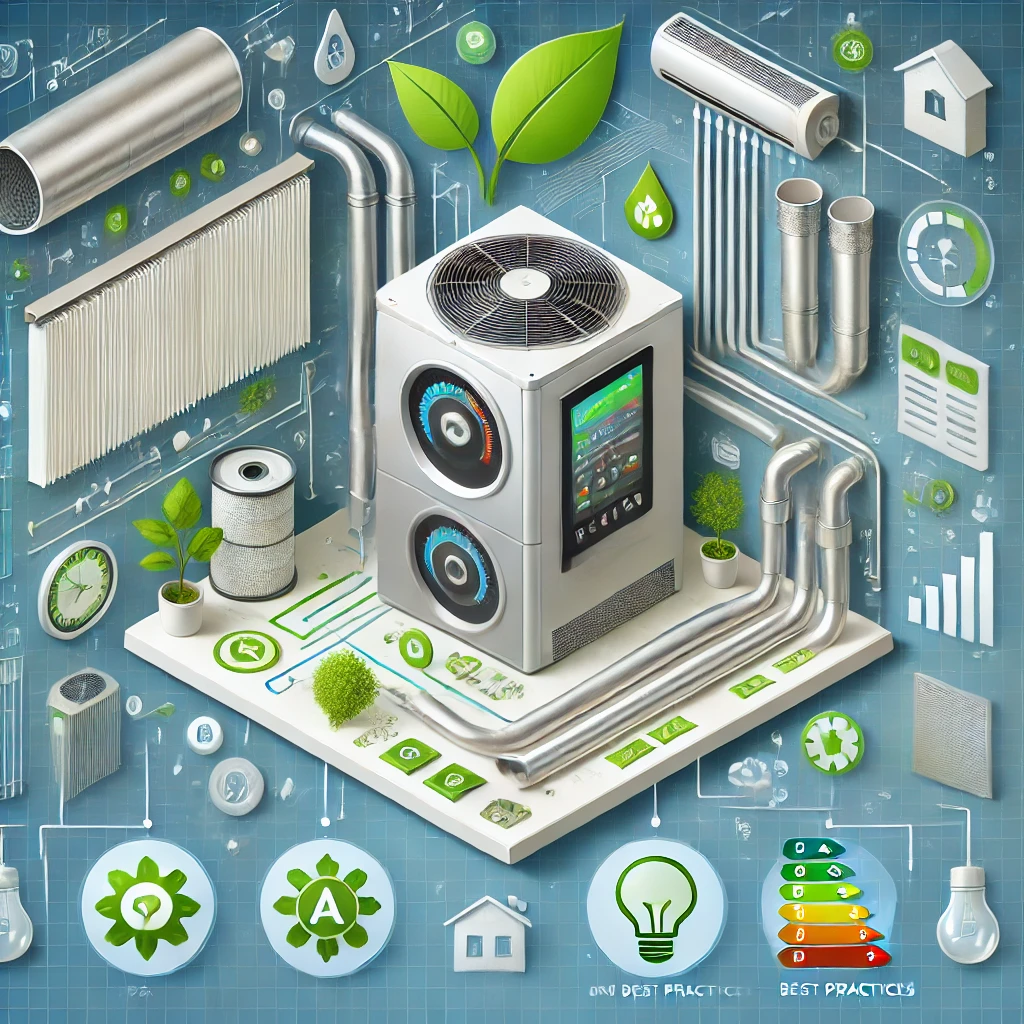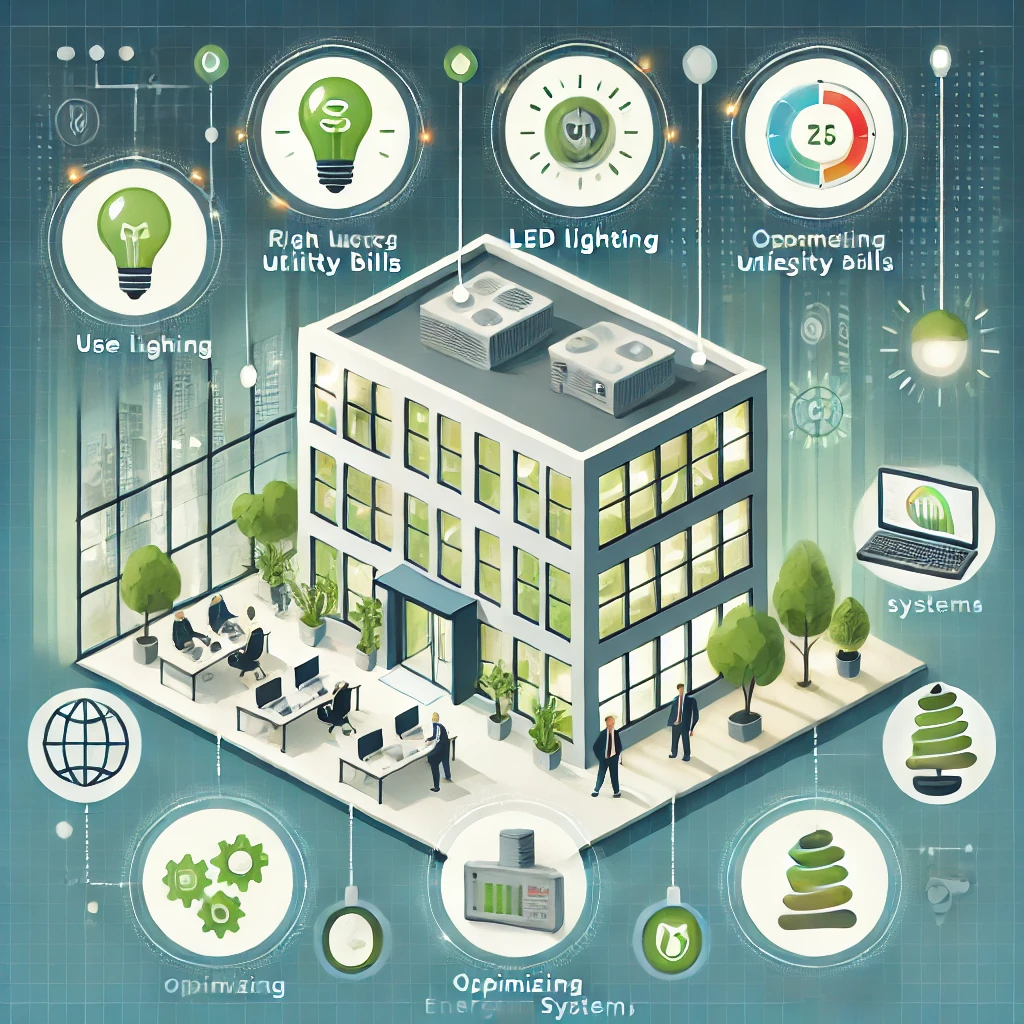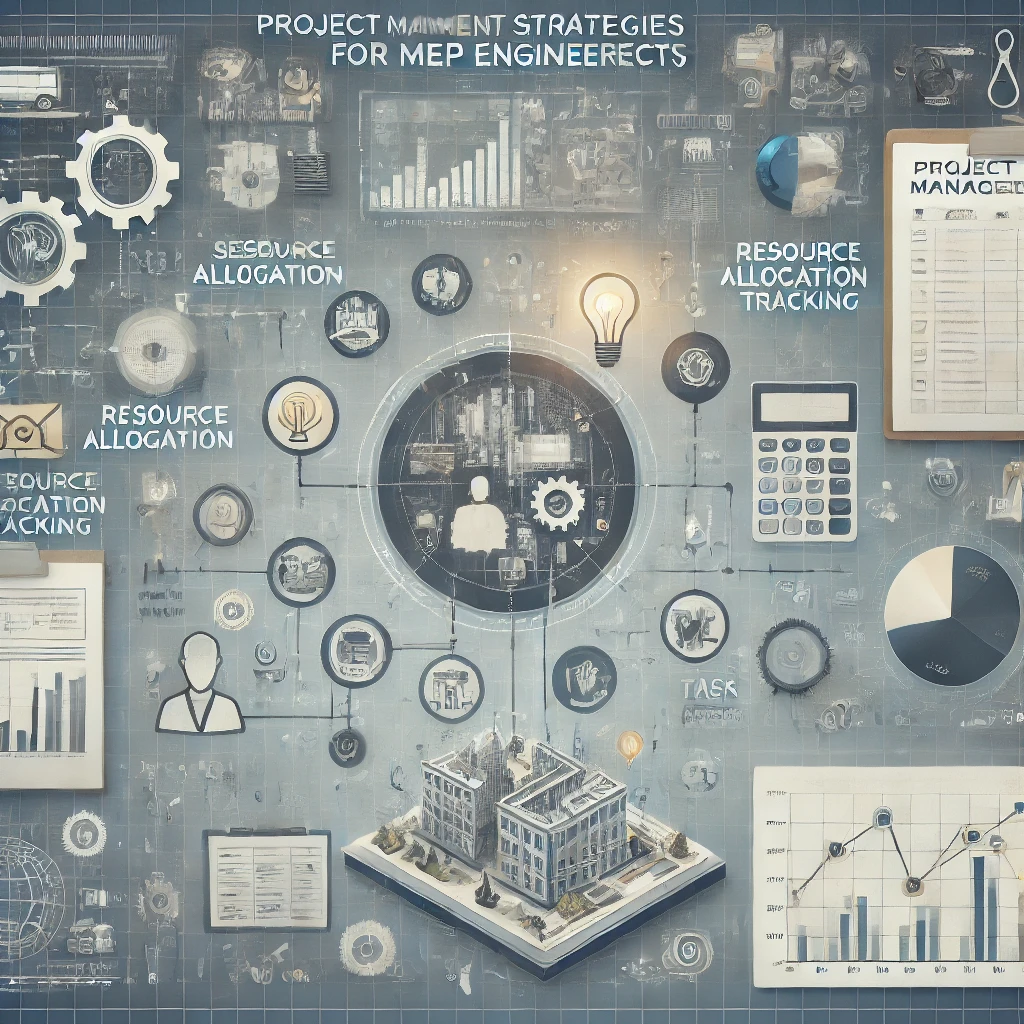Innovative MEP Solutions for High-Rise Buildings
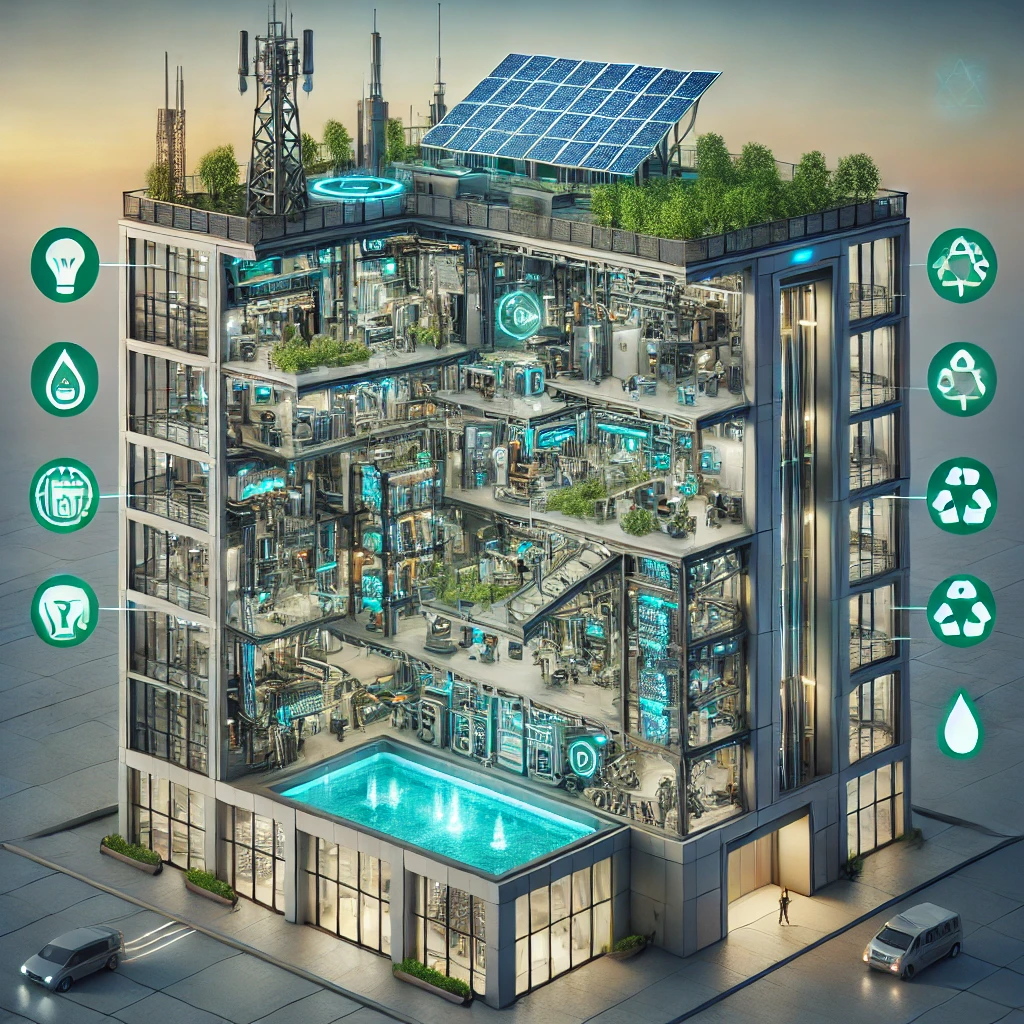
As urban landscapes evolve, high-rise buildings have become a defining feature of city skylines around the world. With their towering structures and complex systems, these buildings demand innovative solutions in mechanical, electrical, and plumbing (MEP) engineering to ensure efficiency, sustainability, and functionality. In this article, we’ll explore the latest innovations in MEP solutions tailored for high-rise buildings and how they contribute to the future of urban architecture.
Advanced HVAC Systems
In high-rise buildings, managing climate control can be particularly challenging due to varying temperatures across different floors and the need for energy efficiency. Innovative HVAC systems address these challenges by incorporating:
- Variable Refrigerant Flow (VRF) Systems: VRF systems allow for precise temperature control and energy savings by adjusting refrigerant flow based on individual zone requirements. This flexibility is crucial for the diverse needs of high-rise buildings.
- High-Efficiency Chillers: Modern chillers with improved energy efficiency reduce the overall energy consumption of HVAC systems. Integrated cooling towers and heat recovery systems further enhance performance.
- Smart Thermostats and Sensors: Advanced thermostats and environmental sensors enable real-time monitoring and adjustments, optimizing energy use and improving occupant comfort.
Sustainable Plumbing Solutions
Water management in high-rise buildings is critical for both efficiency and sustainability. Recent advancements in plumbing systems include:
- Greywater Recycling Systems: These systems collect and treat wastewater from sinks and showers for reuse in non-potable applications, such as irrigation or toilet flushing, reducing overall water consumption.
- Rainwater Harvesting: Rainwater harvesting systems capture and store rainwater for use in various building applications, helping to conserve potable water resources.
- High-Efficiency Fixtures: Modern plumbing fixtures, such as low-flow faucets and dual-flush toilets, significantly reduce water usage without compromising performance.
Smart Building Technologies
High-rise buildings are increasingly integrating smart technologies to enhance operational efficiency and occupant experience. Key innovations include:
- Building Management Systems (BMS): A centralized BMS integrates HVAC, lighting, and other systems, allowing for automated control and real-time monitoring. This integration leads to improved energy management and operational efficiency.
- IoT-Enabled Sensors: Internet of Things (IoT) sensors collect data on various building parameters, such as occupancy levels, temperature, and energy usage. This data helps in making informed decisions and optimizing building performance.
- Automated Lighting Control: Smart lighting systems adjust based on occupancy and natural light levels, reducing energy consumption and extending the lifespan of lighting fixtures.
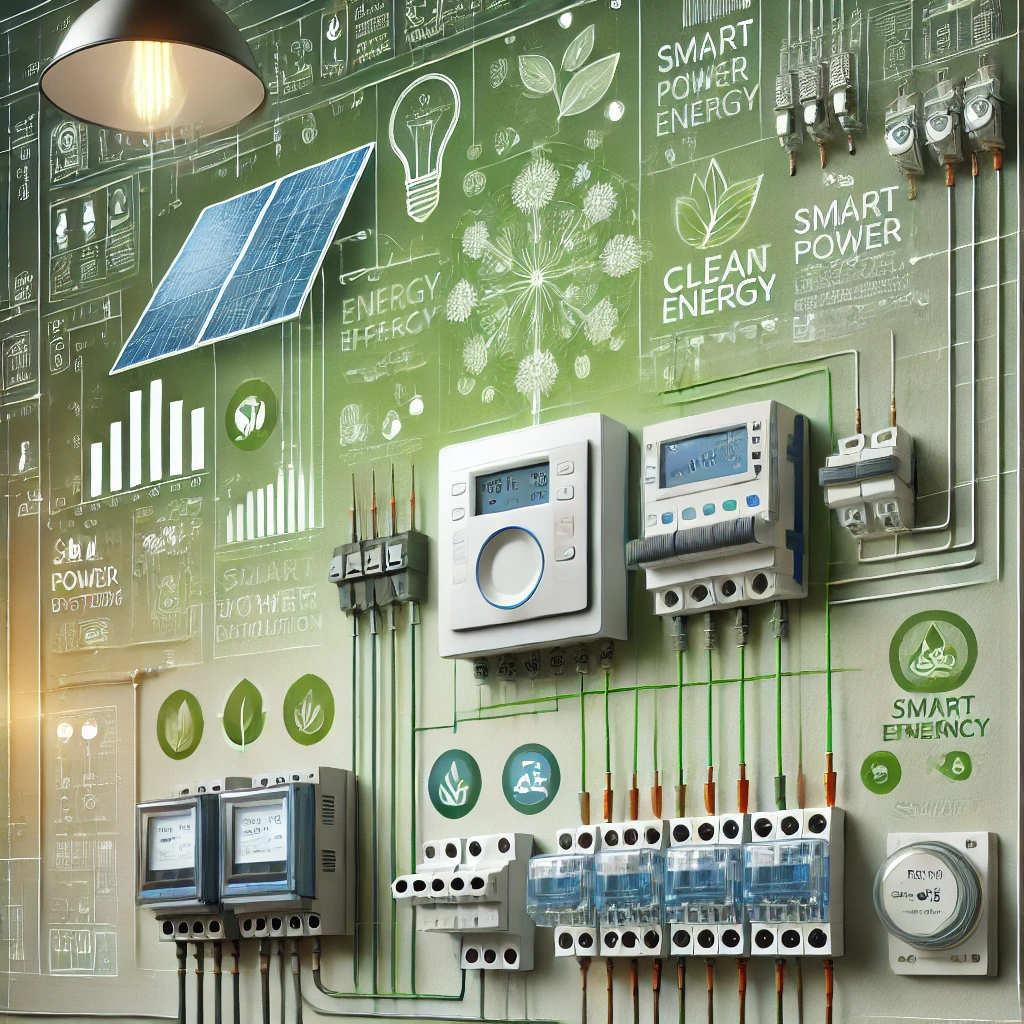
Energy-Efficient Electrical Systems
Electrical systems in high-rise buildings must be designed to handle large loads while minimizing energy use. Innovations include:
- LED Lighting: LED technology provides high illumination with lower energy consumption compared to traditional lighting. The use of LEDs also reduces heat output, which contributes to lower cooling costs.
- Advanced Power Distribution Systems: Modern power distribution systems incorporate high-efficiency transformers and circuit breakers that minimize energy losses and enhance safety.
- Renewable Energy Integration: Incorporating solar panels or wind turbines into the building’s design can reduce reliance on external power sources and lower overall energy costs.
Elevator and Vertical Transportation Solutions
Efficient vertical transportation is vital in high-rise buildings. Innovations in elevator systems include:
- Regenerative Drives: Elevators equipped with regenerative drives capture energy during braking and convert it back into usable power, improving overall system efficiency.
- Smart Scheduling Algorithms: Modern elevator systems use smart algorithms to optimize travel times and reduce wait times for passengers, enhancing user experience and energy efficiency.
Conclusion
Innovative MEP solutions are transforming the design and operation of high-rise buildings, making them more efficient, sustainable, and comfortable. By embracing advancements in HVAC systems, plumbing, smart technologies, electrical systems, and vertical transportation, high-rise buildings can meet the demands of modern urban living while contributing to a greener future. As technology continues to advance, these solutions will evolve, further enhancing the functionality and sustainability of high-rise structures.
Category:

